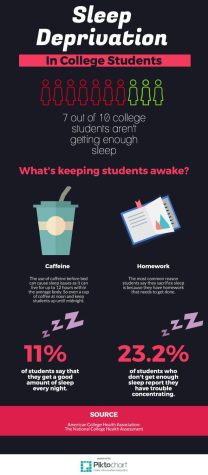Social media escalates mental health struggles
April 30, 2017
Social media usage appears to be a factor in the mental health of 18-to 24-year-old adults and is increasingly becoming a part of the equation for the rate at which they develop disorders and seek out services.
A 2015 study from the Substance Abuse and Mental Health Services administration reports the prevalence of any mental health illness or AMI is 21.7 percent, the highest overall percentage by age group.
Deric Kenne, associate director of drug research at Kent State, said the most commonly diagnosed disorders among this group are depression, anxiety and substance abuse. Leanne Hardy, a psychiatry specialist at Metro Health, said major depression and mood disorders are also common.
“I have seen the use of social media has a huge impact on depression issues with teens and young adults,” Hardy said.
Hardy also said part of the issue is that social media presents falsehoods and standards that are unachievable. Additionally, teenagers and young adults are at a higher risk for cyberbullying than in past generations. Technology has made escaping the classroom bully almost impossible, negatively impacting mental health.
“There is a false reality that people are projecting online that others are comparing themselves to, impacting self-esteem and self-worth,” she said. “Bullies can invade your social media now and is much more far-reaching than in years past,” she said.
Social media can have an even bigger impact because of the stage that teens and young adults are at developmentally.
“The developmental stages during these ages include identity formation and creating intimate relationships,” Hardy said. “There can be societal pressures or pressures among peer groups to be a certain way and pressure to be in relationships. Struggling to fit in and be accepted among peer groups can trigger or exacerbate anxiety and mood issues.”
Additionally, hormone fluctuations and general brain development also make this age group vulnerable.
“The adolescent/young adult brain isn’t fully developed until around age 25 and there can also be a lot of hormone fluctuations which can make the young adult brain more vulnerable to mental health disorders,” she said.
Overall, both Kenne and Hardy agree that the age group of the typical college student is a time of fluctuation and high stress.
“Eighteen to 24 is a period of time, especially among college students, filled with numerous stressors, such as learning to be independent, developing new relationships, and workload,” Kenne said.
Olivia Minnier is a general assignment reporter, contact her at [email protected]























